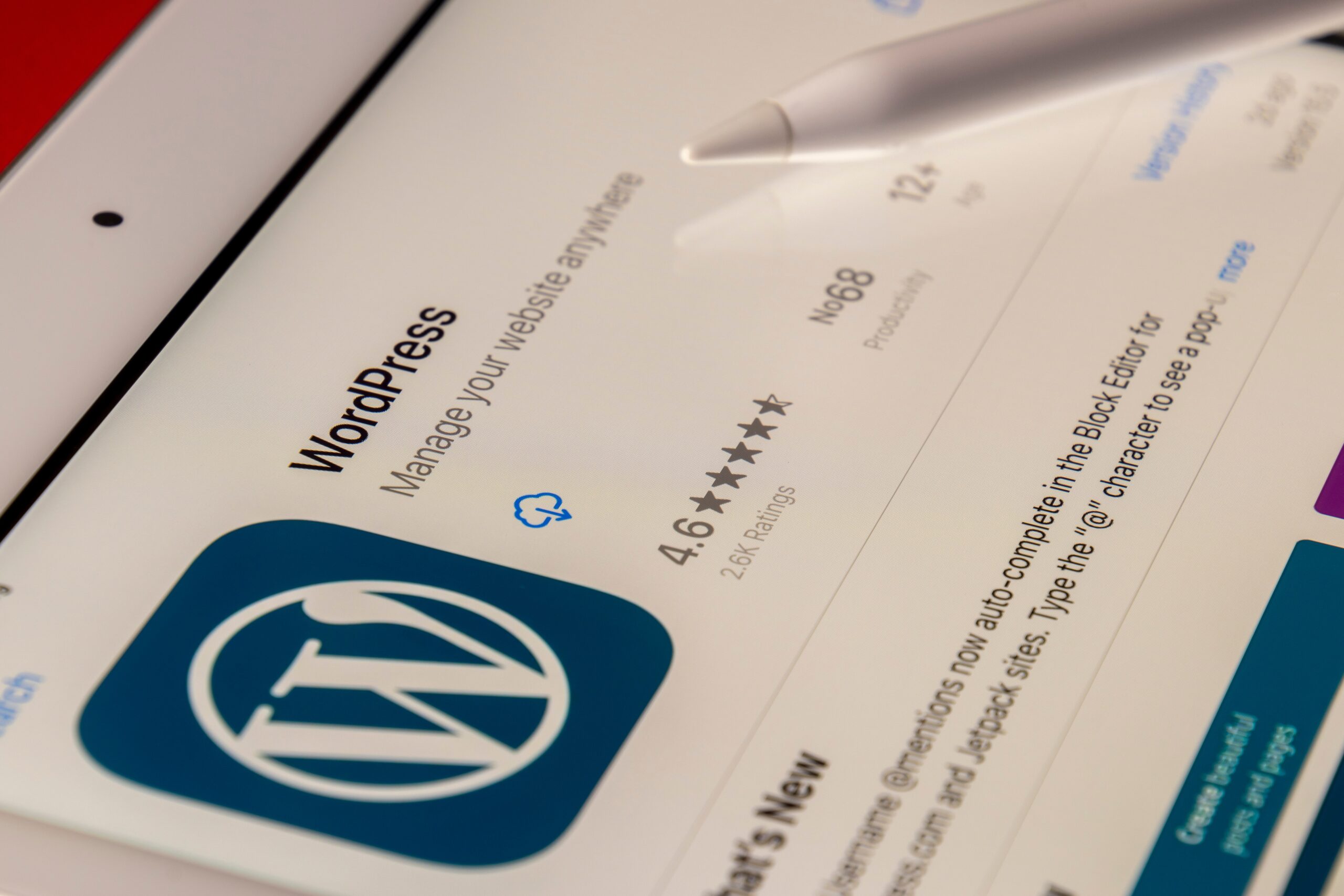Setting up a WordPress website on AWS (Amazon Web Services) involves several steps. In this guide, I’ll walk you through setting up a WordPress site on AWS using Amazon EC2 (Elastic Compute Cloud), Amazon RDS (Relational Database Service), and Amazon Route 53 for domain management. Please note that this guide assumes you have an AWS account and some basic AWS services knowledge.
Step 1: Sign in to AWS
1. Go to the AWS Management Console (https://aws.amazon.com/).
2. Sign in with your AWS account credentials.
Step 2: Launch an EC2 Instance
1. Navigate to the EC2 Dashboard.
2. Click on “Instances” and then “Launch Instance.”
3. Choose an Amazon Machine Image (AMI) with WordPress pre-installed (e.g., Amazon Linux or Ubuntu with WordPress).
4. Select the instance type based on your needs.
5. Configure instance details, such as network settings and IAM role (if needed).
6. Add storage and configure any additional options.
7. Review and launch the instance.
8. Create or select an existing key pair for SSH access and launch the instance.
Step 3: Configure Security Groups
1. In the EC2 Dashboard, go to “Security Groups” and create a new security group.
2. Open ports 22 (SSH), 80 (HTTP), and 443 (HTTPS) for incoming traffic.
3. Attach the security group to your EC2 instance.
Step 4: Connect to Your EC2 Instance
1. Use SSH to connect to your EC2 instance using the key pair you specified during instance creation:
- ssh -i your-key.pem ec2-user@your-ec2-instance-ip
Step 5: Install and Configure WordPress
1. Update your server:
- sudo yum update -y
Install a web server (e.g., Apache) and PHP:
- sudo yum install httpd php php-mysql -y
Start and enable Apache:
- sudo systemctl start httpd
- sudo systemctl enable httpd
Download and install WordPress:
- cd /var/www/html
- sudo curl -O https://wordpress.org/latest.tar.gz
- sudo tar -zxvf latest.tar.gz
- sudo mv wordpress/* .
- sudo chown -R apache:apache /var/www/html/
Create a MySQL database for WordPress:
- mysql -u root -p
- CREATE DATABASE wordpress;
- CREATE USER ‘wordpressuser’@’localhost’ IDENTIFIED BY ‘your-password’;
- GRANT ALL PRIVILEGES ON wordpress.* TO ‘wordpressuser’@’localhost’;
- FLUSH PRIVILEGES;
- EXIT;
Configure WordPress by renaming the `wp-config-sample.php` file:
- cp wp-config-sample.php wp-config.php
Edit the `wp-config.php` file to add your database information:
- define(‘DB_NAME’, ‘wordpress’);
- define(‘DB_USER’, ‘wordpressuser’);
- define(‘DB_PASSWORD’, ‘your-password’);
- define(‘DB_HOST’, ‘localhost’);
Restart Apache:
- sudo systemctl restart httpd
Step 6: Create an RDS Database
1. Navigate to the RDS Dashboard.
2. Click on “Create database.”
3. Choose a database engine (e.g., MySQL or MariaDB).
4. Configure the database settings, including username, password, and database name.
5. Adjust other settings as needed and create the RDS instance.
Step 7: Update WordPress Database Configuration
In the EC2 instance, edit the `wp-config.php` file to use the RDS database endpoint:
- define(‘DB_HOST’, ‘your-rds-endpoint’);
Step 8: Configure Route 53 for Your Domain (Optional)
1. Navigate to the Route 53 Dashboard.
2. Create a hosted zone for your domain.
3. Update the DNS records to point to your EC2 instance’s public IP.
Step 9: Access Your WordPress Website
1. Open a web browser and enter your domain name (or EC2 instance IP address).
2. Follow the WordPress setup wizard to complete the installation.
Congratulations! You’ve successfully set up a WordPress website on AWS using EC2, RDS, and Route 53. You can now customize your website, install plugins, and start publishing content.

